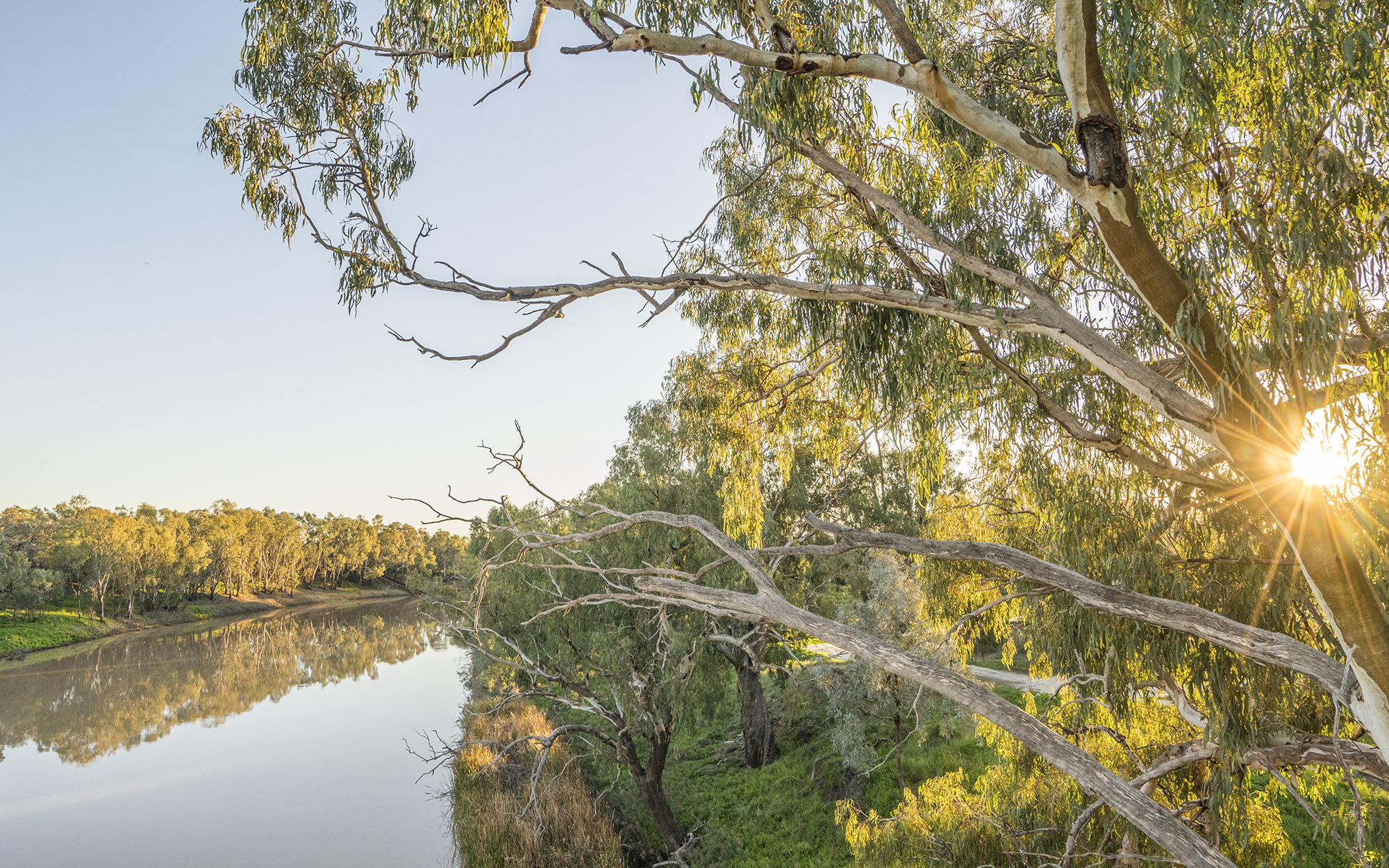Summary of current temporary water restrictions
A summary of current and previous temporary water restrictions for regulated river, unregulated river and groundwater water sources.
You can find more information on a water source restriction below.
View all current temporary water restrictions
Taking of groundwater from two areas within the water source prohibited.
Previous temporary water restrictions

You can also access information on expired or repealed temporary water restrictions.
